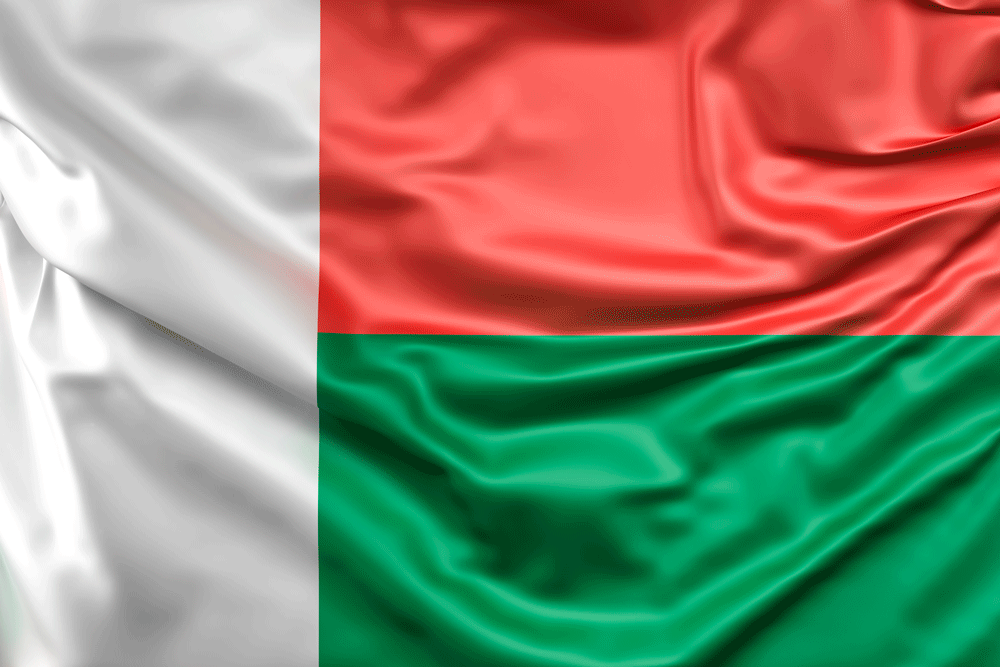It’s June, and everyone in Madagascar is raising their flag. Houses decorated in red, white and green do not go unnoticed, marking the start of the Malagasy National Day, also known as “Independence Day”, celebrated every year on June 26. This day commemorates Madagascar’s independence from France, achieved in 1960. It’s an occasion of great national pride and a time when Malagasy people, whether on the island or abroad, come together to celebrate their culture and history.
Speaking of culture, the month of June is also known as the Youth Festival, or Fetin’ny Ankizy, because it’s all about fun and freedom.
A little history of Madagascar’s independence :
June 26, 1960 marked the end of French colonization of Madagascar, which had begun in 1896. The struggle for independence was marked by several revolts and nationalist movements. Important figures such as Philibert Tsiranana, who became Madagascar’s first president, played a crucial role in achieving independence.
Independence was proclaimed on June 26, 1960, following negotiations between Malagasy politicians and the French government. This process began after the Malagasy insurrection of 1947, violently repressed by France.
In the 1950s, the capital, called Tananarive at the time, became the center of a struggle between Malagasy who wanted more autonomy and those who wanted total independence, each founding their own group. By the end of the 1950s, the French colonies in sub-Saharan Africa had gained greater autonomy, especially after joining the French Community in 1958, created by Charles de Gaulle under the Fifth Republic.
Like the other members of this federation, Madagascar soon decided to become totally independent. Philibert Tsiranana, then Prime Minister of Madagascar, and French Prime Minister Michel Debré signed the independence agreement on April 2, 1960. Independence was proclaimed on June 26, 1960, which is now Madagascar’s national holiday.
Celebrations and Traditions :
Everywhere in Madagascar, the National Day celebrations are colorful and vibrant. Carnivals, cultural dances and other events are organized. They also include military parades, fireworks and concerts.
In the capital Antananarivo, and in other large towns and villages, on the night of June 25, the streets fill with people dressed in traditional costumes, and Malagasy flags fly everywhere. Accompanied by firecrackers and light displays, the streets overflow with life and animation.
Parades and events :
Military parades are an integral part of the celebrations. They usually take place on Avenue de l’Indépendance in Antananarivo, or sometimes in the national stadium Mahamasina, which also played an important cultural role at the time.
The army, police and other security forces take part, displaying sometimes old but symbolic equipment, and marching in the presence of dignitaries and citizens. The purpose of these parades is not so much to demonstrate the country’s military might, but rather to reinforce the sense of national unity.
Traditional Dance and Music :
Music and dance play a central role in festivities in Madagascar. Traditional dances such as “Hira Gasy” and “Salegy” or “Kidodo” are performed with passion, especially in the regions and larger towns outside Antananarivo. These dances often tell stories of Malagasy culture and customs, accompanied by local music played on traditional instruments.
However, with today’s evolution, traditional shows have lost their place in the capital of Antananarivo, being progressively replaced by shows by modern artists, it’s rare to still find traditional artists during celebrations.
To fully experience independence celebrations in their authentic tradition, it is advisable to travel to the outskirts or coastal areas.
Fireworks and Feasts :
Fireworks light up Madagascar’s skies on the evening of June 26. It’s a magnificent visual spectacle that attracts huge crowds. Naturally, young people, children and adults gather in the streets of Antananarivo around 6.00 p.m. to walk to high points to get the best view of the fireworks, accompanied by the noise and crackle of firecrackers.
The Malagasy also prepare special feasts for the occasion, where traditional dishes such as “Romazava” (a meat and vegetable stew) and “Ravitoto” (mashed cassava leaves with pork) with pork are served.
Contemporary significance :
National Day is also a time to reflect on the country’s progress and challenges. It’s a day not only to honor the past and the sacrifices of ancestors, but also to look to the future. The President of Madagascar often delivers a speech highlighting the country’s achievements and aspirations for the years ahead.
In Malagasy tradition, now replaced by technology, “jiro kapoka” are made from tin cans and candles, and “Arendrina taratasy” in the colors of the Malagasy flag are made especially for the occasion. However, with the arrival of Chinese products, these traditions have gradually lost their importance and value today.
To tell you all :
Madagascar’s National Day is a celebration rich in history, culture and patriotism. It’s a time when Malagasy people reaffirm their national identity and celebrate their hard-won freedom. Every year, June 26 is an occasion for Malagasy people to remember, celebrate and dream together of a better future for their country.






